The application of plantar pressure distribution systems in sports science and competitive sports has garnered increasing attention in recent years.
Their core function is to help coaches and athletes precisely understand the force changes and distribution patterns of the feet during movement, thereby optimizing their technique, reducing injury risk, and improving performance.
Unlike traditional visual observation or video analysis, these systems can capture pressure curves across various areas of an athlete's foot during every step of the movement, including running, jumping, changing direction, and landing, with millisecond-level temporal resolution and millimeter-level spatial accuracy, providing an "invisible X-ray of the athlete's movements."
First and foremost, the foundation of plantar pressure distribution systems is plantar sensing technology.
During training, athletes wear insoles embedded with high-precision sensors or stand directly on pressure testing platforms equipped with built-in sensor arrays. These sensors are typically piezoresistive, piezoelectric, or capacitive, with each sensor unit recording pressure changes at its location in real time.
When athletes perform movements such as running, jumping, and turning, pressure data is collected at an extremely high sampling frequency (typically 100 to 500 times per second) and transmitted wirelessly or wired to a computer or tablet.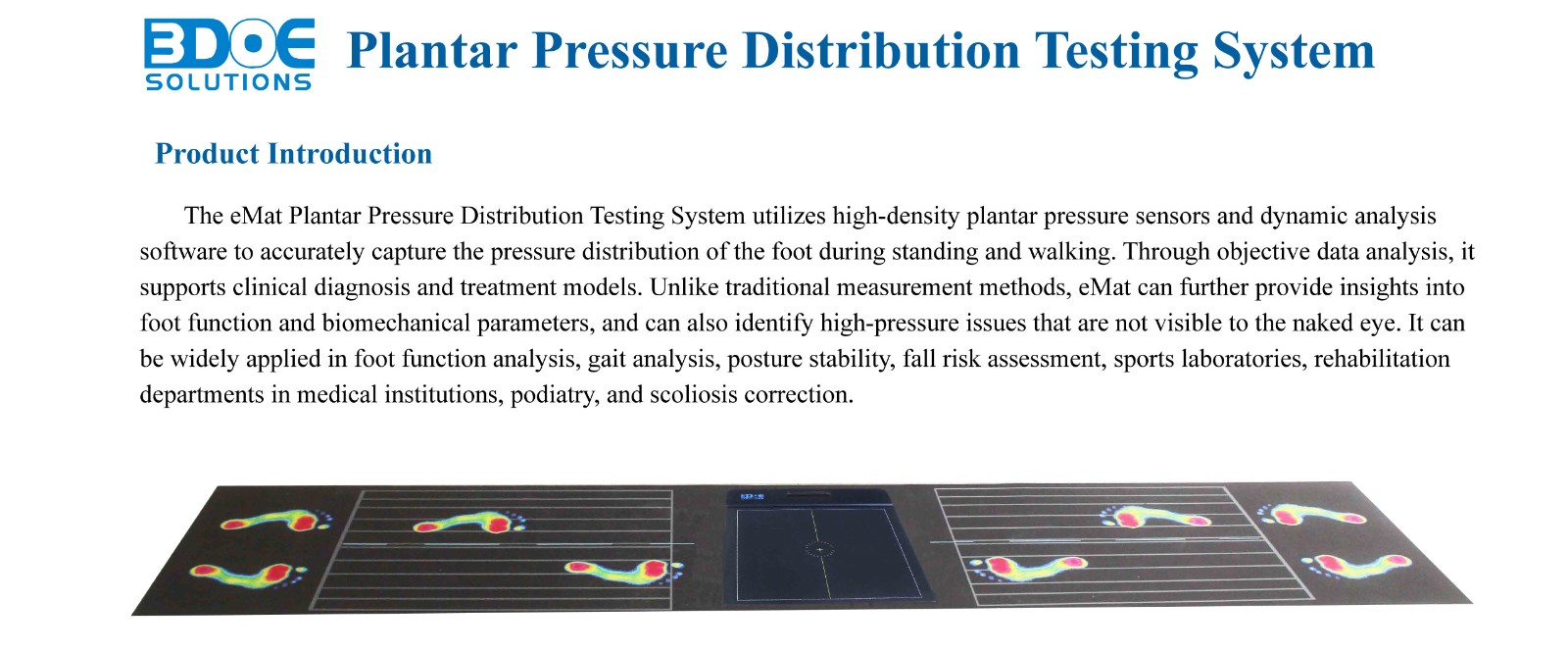
The system software converts this raw data into intuitive color-coded pressure distribution maps, dynamic trajectory graphs, pressure-time curves, and related statistical indicators.
The value of this system in athlete training lies primarily in optimizing technical details.
For sprinters, for example, the direction of the reaction force during the start phase, the force ratio between the forefoot and heel, and the peak pressure during each stride all influence starting speed and acceleration.
The plantar pressure distribution system allows coaches to visually identify issues such as excessive reliance on the toes during the start, insufficient pressure on the stance leg, or excessive or short push-off time.
For long jumpers, for example, the peak plantar pressure, landing point, and push-off direction during the final stride to the takeoff board directly determine the height and distance of the jump. Traditional video recordings only reveal the surface of movement, while pressure distribution systems reveal the true forces acting within.
This technology is also highly useful in team sports. In sports like basketball, soccer, and volleyball, athletes frequently make sudden stops, changes of direction, and jumps. The force patterns of these movements directly impact explosive power and stability.
A plantar pressure distribution system can help analyze whether athletes are experiencing excessive force on a single leg, unstable support surfaces, or misaligned push-off directions during changes of direction. This allows for targeted adjustments to footwork and core engagement to reduce strain on the knee and ankle joints.
For example, uneven pressure distribution on a soccer player's supporting foot before a shot can lead to reduced shot accuracy or an increased risk of ankle sprains.
Beyond technical optimization, such systems also play an irreplaceable role in preventing sports injuries. Abnormal plantar pressure distribution often signals functional imbalances elsewhere in the body.
For example, if an athlete experiences chronically high pressure on the medial side of one foot while running, it could indicate arch collapse, abnormal tibial rotation, or instability in the hip joint.
By identifying these abnormalities early, coaches and rehabilitation teams can adjust training plans promptly, adding targeted strength or flexibility exercises, and mitigating common sports injuries such as stress fractures, plantar fasciitis, and knee meniscus tears.
Furthermore, plantar pressure distribution systems can be used to develop personalized training plans. Different athletes have different body structures, force distribution, and joint mobility. Even similar movements can result in completely different plantar force patterns.
Through long-term monitoring and data accumulation, coaches can develop a unique plantar force "fingerprint" for each athlete and tailor training based on these characteristics.
For example, sprinters with insufficient push-off power can be given more explosive power training and toe grip exercises; basketball players experiencing excessive forefoot force can be given additional ankle stability and balance training.
In endurance events such as marathons and race walking, plantar pressure distribution systems can help analyze how athletes experience force changes over extended periods of time.
Many endurance athletes experience subtle changes in their technique due to fatigue in the latter stages of a race, such as longer heel strike time and increased inversion and pronation. Excessive changes like these can lead to energy waste or injury.
By collecting data at different stages, coaches can identify fatigue thresholds and incorporate fatigue-simulating technical stability exercises into training to improve athletes' sustained performance.
This system also has a crucial practical application: performance review and comparative analysis.
After training, athletes can immediately view a dynamic plantar pressure graph and compare it to standard form or personal bests. This instant feedback is more compelling than verbal explanations or simply watching videos, as it allows athletes to see their "true force trajectory."
Coaches can also access data from past months or even years to analyze technical trends and determine if training is effective or if there are recurring patterns.
Some top international training centers have already adopted the plantar pressure distribution system as a key tool for daily training and athlete selection.
For example, some professional football clubs conduct plantar pressure distribution tests when recruiting new players to determine whether their gait and lower limb stability meet the team's tactical requirements.
Athletics training bases use it to assess the compatibility of different shoe models among athletes and identify the equipment that best supports their performance. The national basketball team uses it to monitor lower limb fatigue in key players to plan rotations and recovery plans.
It is worth noting that the value of plantar pressure distribution systems lies not only in high-precision measurement but also in the scientific interpretation of the data.
Coaches, sports scientists, and rehabilitation therapists need to combine plantar pressure data with various tools, such as electromyographic signals, motion capture, and video analysis, in conjunction with sports biomechanics, to produce comprehensive technical and physical condition assessment reports.
Only in this way can data truly be transformed into a basis for training improvements, rather than simply a beautiful color chart.
In the future, with the advancement of sensing technology, wireless communications, and artificial intelligence, plantar pressure distribution systems will play an even greater role in athlete training.
On the one hand, sensors will be lighter, thinner, and more durable, allowing athletes to wear them during official competitions, thereby collecting more realistic in-game data.
On the other hand, artificial intelligence can automatically identify abnormal stress patterns in a short period of time and even predict the risk of sports injuries in advance, helping coaches take intervention measures before problems occur.

 +86-0755-86131192
+86-0755-86131192 2025-08-12
2025-08-12 Back to list
Back to list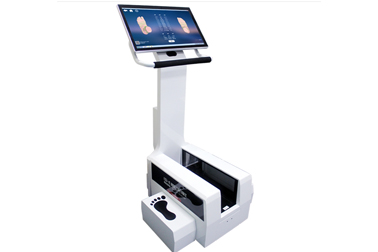
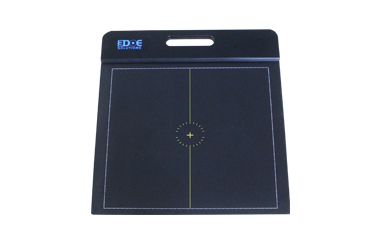
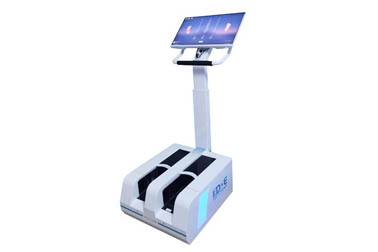
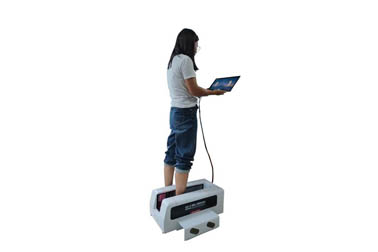
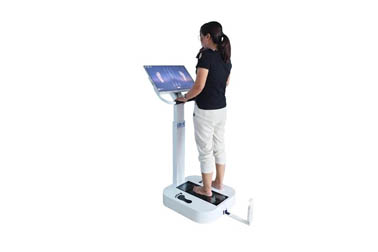
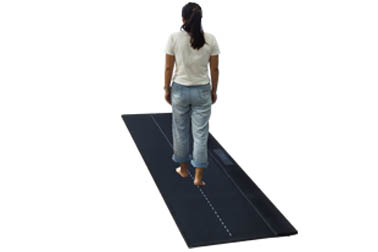



 +86-0755-86131192
+86-0755-86131192